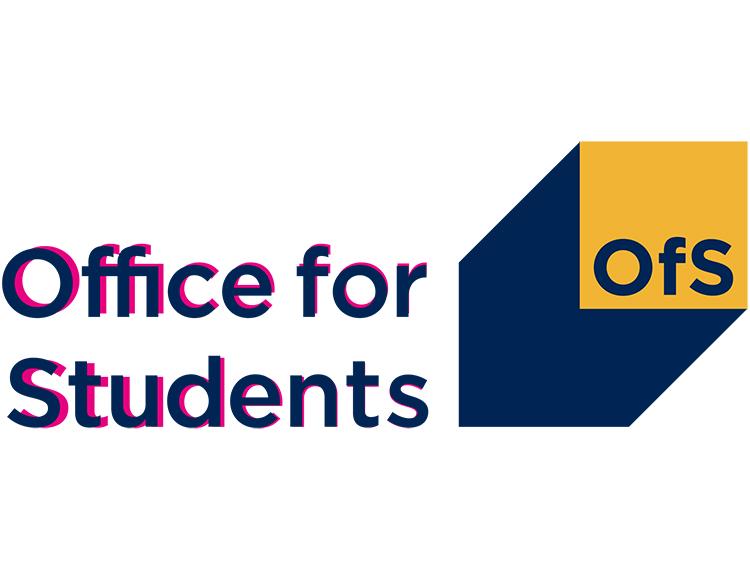Highly selective universities must follow through on promises to improve access, regulator warns

Access and participation plans, a central requirement of the Office for Students (OfS), state how universities will tackle gaps between disadvantaged students and their peers across the student lifecycle.
This includes discrepancies in the entry and drop-out rates between the most and least advantaged students, as well as gaps in degree attainment between white and black, Asian and minority ethnic (BAME) students. Each university’s plan must include ambitious targets to reduce the gaps they identify, and evidence-based and robust measures to deliver improvements.
In 2017-18, English higher education providers recruited twice as many students from the most advantaged backgrounds compared to the least advantaged. This ratio increases to approximately five times as many for the most selective universities.
Details from the access and participation plans submitted to the Office for Students by universities include:
- the University of Oxford, which recruited 15 times as many students from the most represented groups compared to the least represented in 2017-18, aims to reduce this ratio to 8:1 by 2024-25
- the University of Cambridge is aiming for a ratio of just under 7:1 by 2024-25, having recruited 14 times as many students from the most represented groups compared to the least represented in 2017-18
- the University of Manchester aims to reduce its access gap between the most and least represented groups to 3:1, from a ratio of 5:1 in 2017-18. The University of Southampton are also aiming for a 3:1 ratio by 2025, down from 5:1 in 2017-18
- King’s College London aims to reduce the gap in degree attainment between BAME students and white students from 12.1 per cent to 3.1 per cent by 2024-2025. Aston University aims to eliminate its BAME attainment gap by 2025, from 10 per cent in 2017-18
- several research-intensive universities are collaborating on joint targets to recruit more students from disadvantaged areas.
In total, 41 universities have published access and participation plans today. These are providers with early recruitment deadlines, most of which have medical schools. These are commonly providers with high tariff entry requirements and the furthest to travel to improve access, so the OfS’s risk-based regulation focuses strongly on this stage of the student lifecycle.
Of this initial group of universities, 31 will be subject to ongoing ‘enhanced monitoring’ by the OfS. Enhanced monitoring includes additional reporting requirements on commitments made in the plans, specific actions to address areas of weakness, requirements to change plans, or interventions from the director for fair access and participation. The OfS will be monitoring each university’s progress against the targets set out in the plans and has powers to intervene if there is insufficient progress.
 Chris Millward, director for fair access and participation at the Office for Students, said:
Chris Millward, director for fair access and participation at the Office for Students, said:
“‘These new plans prove that – following sustained challenge from the OfS – there is genuine ambition and drive among universities to address equality of opportunity. I am pleased they are rising to the challenge, but this is just the start. Now they must turn these ambitions into results. This is not just about meeting short term targets, but the first steps in a generational shift towards a fairer higher education system and a fairer society.
“We are still a long way from equality of opportunity in our universities, and gaps remain particularly wide at the most selective universities. Through their plans, we expect universities and colleges to address these issues at all parts of the student lifecycle – including admissions, attainment and successful progression beyond higher education. We will be scrutinising the progress universities make and will intervene where progress is not sufficient.
“Higher education can have a transformative impact on students’ lives – creating opportunities for a better life for those that undertake it. It is critical that those opportunities are equally available to students from all backgrounds.
“As well as closely monitoring the progress of individual universities, we have established the Centre for Transforming Access and Student Outcomes – a centre designed to share ‘what works’ across the sector and ensure that universities and colleges can develop credible strategies to eliminate inequality in higher education.”
 Education Secretary Gavin Williamson said:
Education Secretary Gavin Williamson said:
“The doors to our universities need be as wide open as possible so that anyone with talent and potential has the chance to benefit from our world-leading institutions and become best version of themselves they can be.
“These access and participation plans will play a vital part in making this happen, but now we need to see that action take place – and quickly. As a society we cannot let this wasted potential go unchecked a minute longer.
“I am clear to universities that this is not just about widening access but also helping to tackle drop-out rates and improving attainment and progression from higher education. I will be watching carefully to see how these plans are now delivered and I will support the OfS in any action it takes if universities are not delivering against their commitments.”
Across English higher education providers there are still wide gaps in access and outcomes between the most and least advantaged groups. Data published by the OfS shows that:
- young students from disadvantaged areas are more likely to drop out, less likely to gain a first or 2.1, or find graduate employment compared to their more advantaged peers
- in 2017-18 there was a difference of 23 per cent between the proportion of white and black students achieving a first or 2.1.
The OfS has set itself targets to achieve equality of opportunity in higher education.
The targets aim to eliminate gaps in:
- entry rates at the most selective universities between the most and least represented groups
- drop-out rates between the most and least represented groups
- degree outcomes between white and black students
- degree outcomes between disabled and non-disabled students.
This is the first group of new access and participation plans which covers those universities with early recruitment deadlines. The next group of plans will be published in October 2019, and thereafter on a rolling basis. We will publish information about the whole sector once assessments and discussions with providers have been completed.
Having an approved access and participation plan is the first condition of registration for providers in the Approved (fee cap) category of registration.
Research-intensive universities are working together to promote fair access for students from underrepresented groups through the Realising Opportunities program. Several providers are working towards a shared target for increasing the number of disadvantaged students involved in the Realising Opportunities program who are admitted to research-intensive universities.
Access and participation data for individual higher education providers can be viewed using OfS data dashboards.











Responses